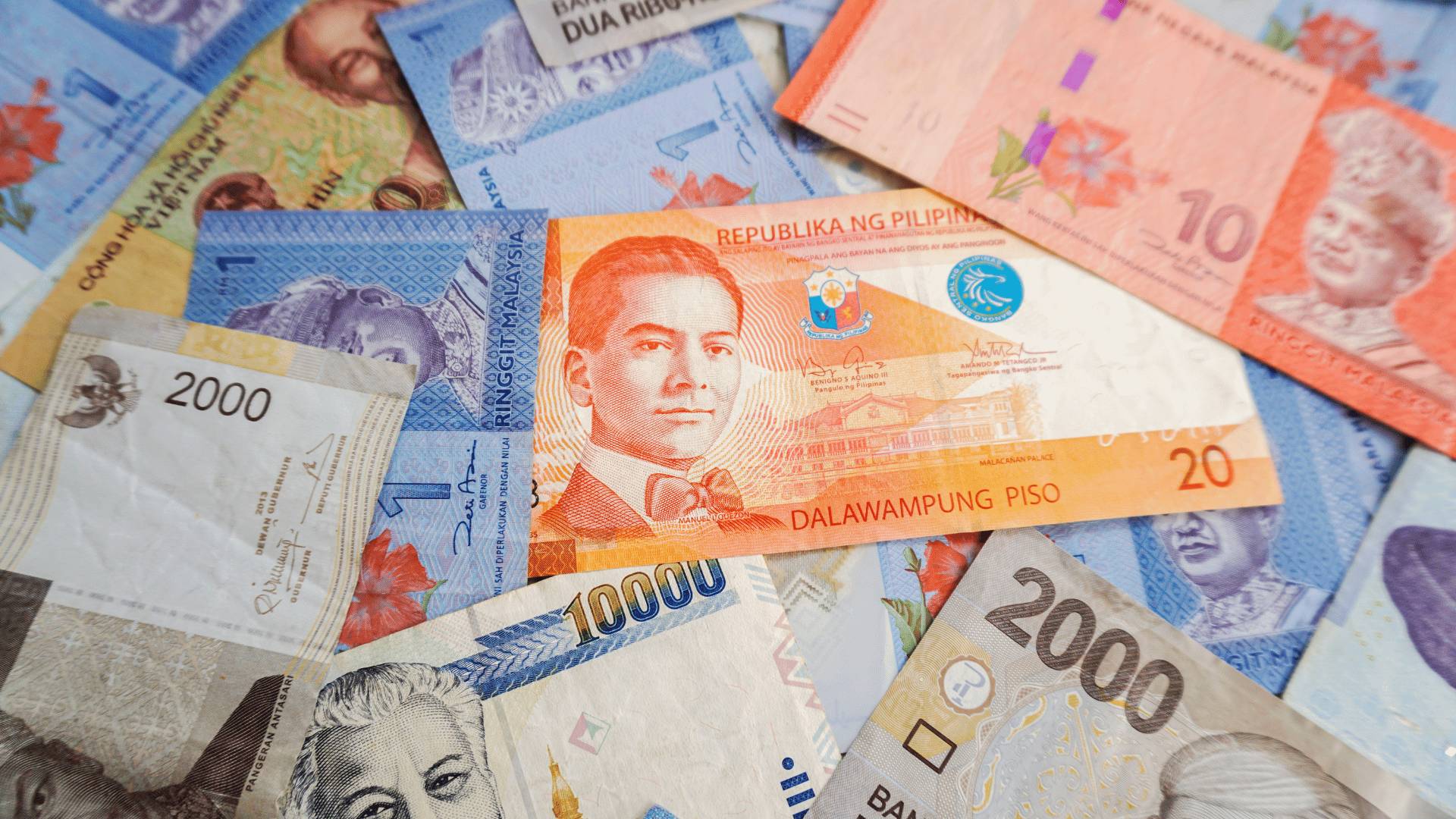Inflation is the rate of increase in prices over a given period of time. It is typically a broad measure, such as the general rise in prices or the rise in the cost of living in a country. It can also be more computed precisely—for certain goods, such as food, or for services.
Most economists, however, consider the actual definition to be slightly different. It is defined as a function of the supply and demand for money, meaning that when more money is produced, the value of each decreases, driving up overall prices and spending.
Everyone, the people, the government, world leaders, and businesses adjust to combat inflation, inflationary increase in salary, consumer price index, and other factors that would bring inflation.
Inflation and the economy
An anticipated decline in global economic activity is currently taking place, and inflation is at its highest level in several decades. The cost-of-living crisis, tightening financial conditions in most regions, public outrage, wars, and the recent natural disasters all weigh heavily on the outlook.
Global inflation is expected to fall from 8.8 percent in 2022 to 6.6 percent in 2023 and 4.3 percent in 2024, still above pre-pandemic (2017–19) levels of about 3.5 percent. At the national level, the Philippines' headline inflation jumped from 8.1 percent in December 2022 to 8.7 percent in January 2023, continuing its upward trend. In fact, the national inflation rate reported in January 2023 was the highest recorded since November 2008.
In the Philippines' National Capital Region (NCR) in January 2023, it was principally driven by a larger year-on-year increase in the index of housing, water, electricity, gas, and other fuels, which rose to 6.9 percent from 4.0 percent the previous month. Food and non-alcoholic drinks were next, with a rate of 12.1 percent during the month, up from 11.2 percent in December 2022.
Inflation and salary increase
While inflation and salary increases generally move in the same direction, they are driven by different inputs. Inflation represents changes in the cost of a market basket of commodities, such as food and gas. On the other hand, wages are influenced by fluctuations in labor supply and demand, which can be forced on them by demographic trends, labor participation rates, technological advancements, and productivity increases.
As the tight labor market perpetuates, inflation has led to a substantial squeeze on living standards and lowered actual wages. In some economies, inflation is rising at its fastest rate in decades, while wage growth has been supported by a tight labor market.
Concerns have been raised that these conditions could become self-reinforcing and lead to a wage-price spiral which means that wage increases induce higher price inflation, which in turn makes workers ask for even higher wages. The main idea is that constant increases in labor costs to keep up with inflation and cost of living increases lead to corporations raising prices to protect their profit margins.
What is required now is immediate action to ensure that salaries rise in pace with inflation, so maintaining consumption and expenditure and avoiding or at least dampening the impending recession. This will need workers bargaining for raises and businesses providing them.
Salary increases are gradually increasing now that business activities in the Philippines are picking up post-pandemic, said Floriza Molon, Mercer's Career Business Leader for the Philippines. In fact, according to Mercer's annual Total Remuneration Survey (TRS) 2022, employees in the Philippines can look forward to a median 5.5% increase in their salaries based on a survey of 447 organizations across 11 industries in the country.
The last time employees received a median 5.5% salary increase was in 2019, Mercer noted. This return to the pre-pandemic level reflects continued growth among the businesses surveyed amidst a more positive outlook as inflation is forecasted to decrease to 4.3% from this year's high of 5.3%, Mercer said.
The Philippines' median salary increment is also above the Asia Pacific average of 4.8%, according to the firm. Since the situation is forecasted to improve in 2023, the market outlook is also seen to improve. Employees will then gradually be able to benefit from some real pay raises in the Philippines.
Inflation Relief Aid
Inflation aids are predominantly actions taken to cushion the effects of soaring prices and rising inflation. Such measures are often socially targeted at poor to lower-middle income families and to other people belonging to the vulnerable group since people with lower incomes are more negatively affected by rising prices of basically everything.
The Philippine Senate is increasing this year's inflationary adjustment aid for its employees from P12,200 to P50,000, as announced by Senate President Juan Miguel Zubiri on February 20. All the employees, 3000 of them, are included in their salary budgets.
Compared to the larger number of marginalized individuals and breadwinners were hit hard by inflation, so the pressure to earn more is at its peak. With the price increase in most of the people's needs, increasing their income is not even enough to sustain their day-to-day living. Whilst the Senate has demonstrated the possibility of a one-time inflationary aid, it is only fair that the public looks into making this act, a nationwide privilege for eligible taxpayers, as all Filipinos are affected by almost the same economic conditions in terms of the national and local economy.
Because the extent to how the economy is plummeting contributes to the paying of taxes, a normal individual would wonder if the increase of inflationary aid for the few thousand out of millions really qualifies as help or an expense to the Philippines' budget, or in other words, if it really makes sense.
Core inflation, Budget, and Poverty
According to the data from Asian Development Bank research, a 10% food inflation rate puts an additional 2.3 million people into poverty. In effect, a request for immediate cash assistance was issued, citing the possibility its further increase, inflation would push nearly 2 million more Filipinos into poverty. Consumers, workers, companies, and taxpayers, in general, feel the most impact. Consequently, this inflationary aid needs careful decision-making, which is dependent on the economic health of an area, even more that of a country.
Financial aid is one example, but there are other initiatives that can help average Filipinos cope with the effects of inflation. The Libreng Sakay (Free Ride) initiative should be restored and/or continued by the local authorities. Aside from transportation programs, the Department of Labor and Employment (DOLE) should reintroduce cash assistance programs such as TUPAD (Tulong Panghanapbuhay sa Ating Disadvantaged/Displaced Workers) and the COVID-19 Adjustment Measures Program (CAMP) so that much-needed financial assistance reaches affected individuals more quickly which merit increases now that there is high inflation.
Although the government acknowledges the impact of inflation in all sectors, it is not feasible to assist each citizen equally due to limited fiscal space. As a result, the main priority is to aid the poorest and vulnerable groups while progressively reducing the burden of inflation. According to the National Economic and Development Authority (NEDA), one action by the Philippines is to provide timely assistance to those hardest hit by inflation by implementing measures such as boosting agricultural productivity to ensure the country's food security, as the data provided. The NEDA chief also stated that the government could only handle inflation and its key drivers for the time being.
Notwithstanding the fact that some of these measures are only temporary, inflation support programs for families in crisis or with extremely low incomes can play a role in ensuring that these families meet their fundamental necessities. But it is all the more important to remind Filipinos that the overall increase in the family's income is possible as we work to keep it all afloat- no freeloaders. Employers surely would pay income requirements when the budget allows it so that they could employ more people.
Educating more people about investing makes more points than reminding them only to keep their salary in the bank. As people already know of the higher prices, a form of cushion against inflation is to, later on, invest in more than one form of passive income.
For more information on Vista Residences, email [email protected], follow @VistaResidencesOfficial on Facebook, Twitter, Instagram, and YouTube, or call the Marketing Office at 0999 886 4262 / 0917 582 5167.















